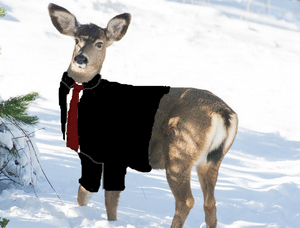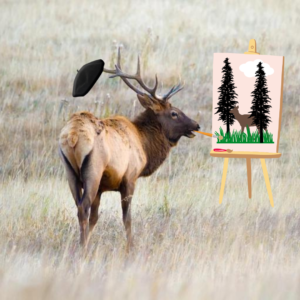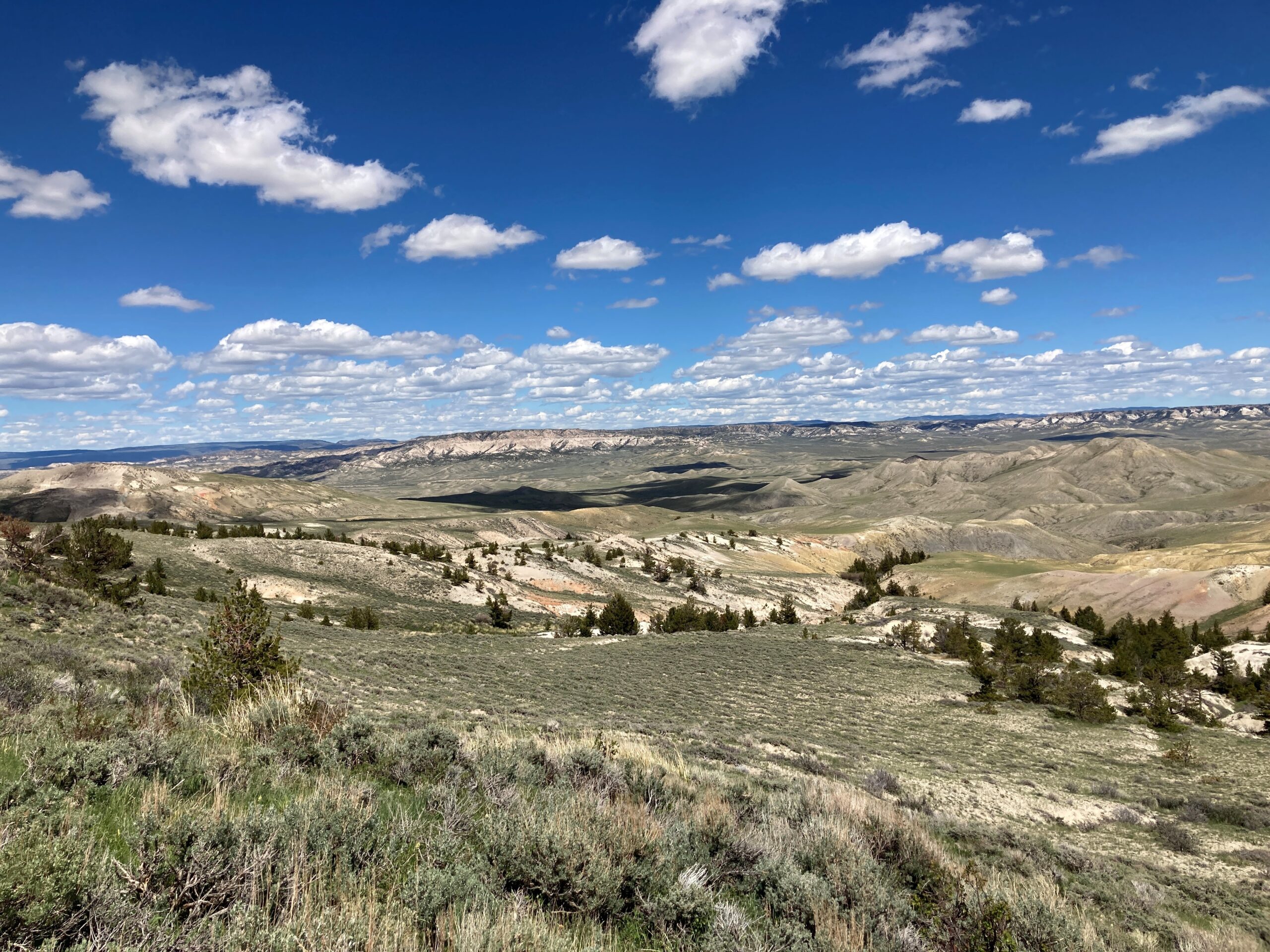Imagine you’re driving home and suddenly find yourself in a traffic jam. Are you the kind of person who stays on the highway and inches along until the jam clears? Or are you the kind of person who exits the highway as soon as possible and tries to find your way home through a maze of unknown streets?
If you’re the kind of person who toughs out the traffic jam, you probably find yourself following a set route in your daily life to get to work, or your house, or even go to the store. Following these set routes is likely not something you do consciously, but you follow them because you spent enough time in the area to learn the best route and then just stuck with it. This commitment to a route is known as site fidelity. Following the same routes over and over without deviating is an example of high site fidelity.
If you were the kind of person who exited the jam as soon as possible, you’re probably someone who hates following the same route and willingly saunters out into the great urban jungle without a clue as to where you’re going. This lack of commitment to one route over the other is an example of low site fidelity.
Just like humans, ungulates also display patterns of low and high site fidelity. Many species of ungulates show high amounts of site fidelity to their summer and winter homes and to the migration routes that brings them between the two ranges, while other species show little regard for the typical daily grind. Thinking about the contexts for why site fidelity matters is important because the variability in a population’s site fidelity can determine how sensitive they are to changes in the landscape and can help predict how quickly they’re able to adapt to new challenges in their path.
The 9-5er (mule deer)

Mule deer are the 9-5 office workers of the site fidelity world. They’re incredibly faithful to their migration routes and GPS data has let us see that they often trace the same route, almost exactly step for step, every year. Once they pick a summer or winter range, they usually return to those same areas year after year, even if those routes or areas become disadvantageous.
But why stay faithful to a home range? Mule deer get all the advantages of knowing an area and all the resources and escape routes, like an office worker having a steady salary and set working hours. However, they also have to deal with disadvantages like encroachment of human development, loss of habitat, and barriers to movement, similar to how an office worker has to deal with changes to management, layoffs, or a bad office culture. Mule deer stay for the predictable paycheck but might end up suffering in the long run as more stressors are introduced to their environment.
The freelancer (elk)

In contrast to mule deer, elk tend to be more like freelancers than office workers. Elk have shown a degree of flexibility in their site fidelity. Like an artist or DoorDash driver, elk can adapt to changing conditions in their environment. For example, if an artist gets a guaranteed gallery position for a year, they’re going to stay in the area and focus their energy on displaying their best work in the gallery rather than another area. When that gallery position goes away, and with it a consistent paycheck, the artist will switch to advertising their art in other galleries, or online, or maybe even in a pop-up shop. Elk have displayed a similar strategy. If the conditions in an area are good, the elk will stick around and follow the same migration route. If the conditions in an area are bad, then the elk will move to a new area or shift their migration route to avoid those new stressors.
Why does this matter?
While the high levels of site fidelity ungulates display towards their environments has been an advantage in the past, it has become increasingly disadvantageous as a result of climate change and increased human development. Mule deer are especially vulnerable as they are not likely to switch to a new habitat, even if their current habitat doesn’t have enough resources to support them. While some populations of elk have displayed more flexibility in the levels of site fidelity they express, that’s only in the minority of populations. This leaves the majority of elk just as vulnerable as mule deer to changing environments. Unlike humans, it takes ungulates longer to build a working knowledge of their surrounding environment and daily routes. This means we can expect ungulates like mule deer and elk to be vulnerable to potential extinction as both climate change and human development continue to warp and fragment the landscape.

